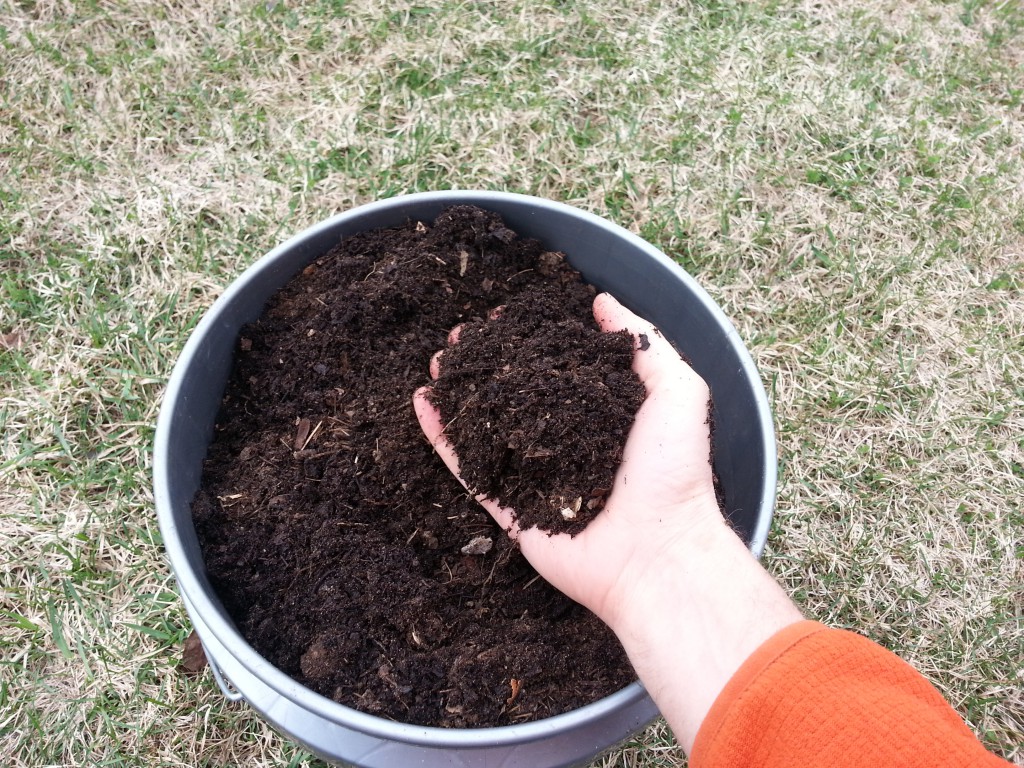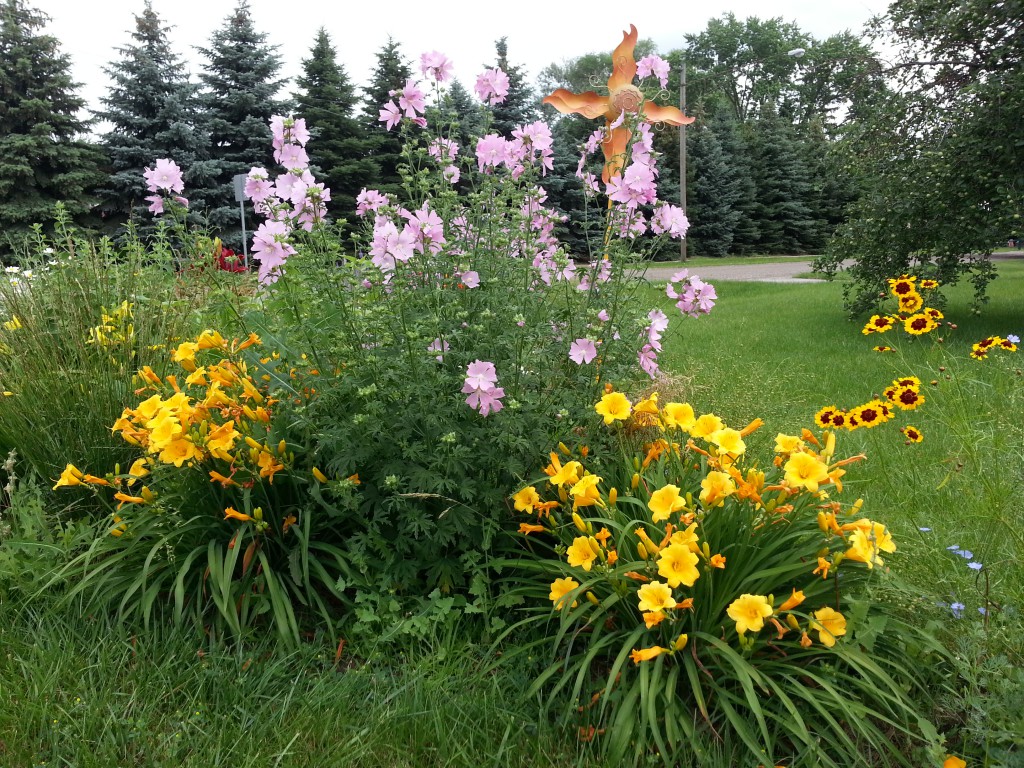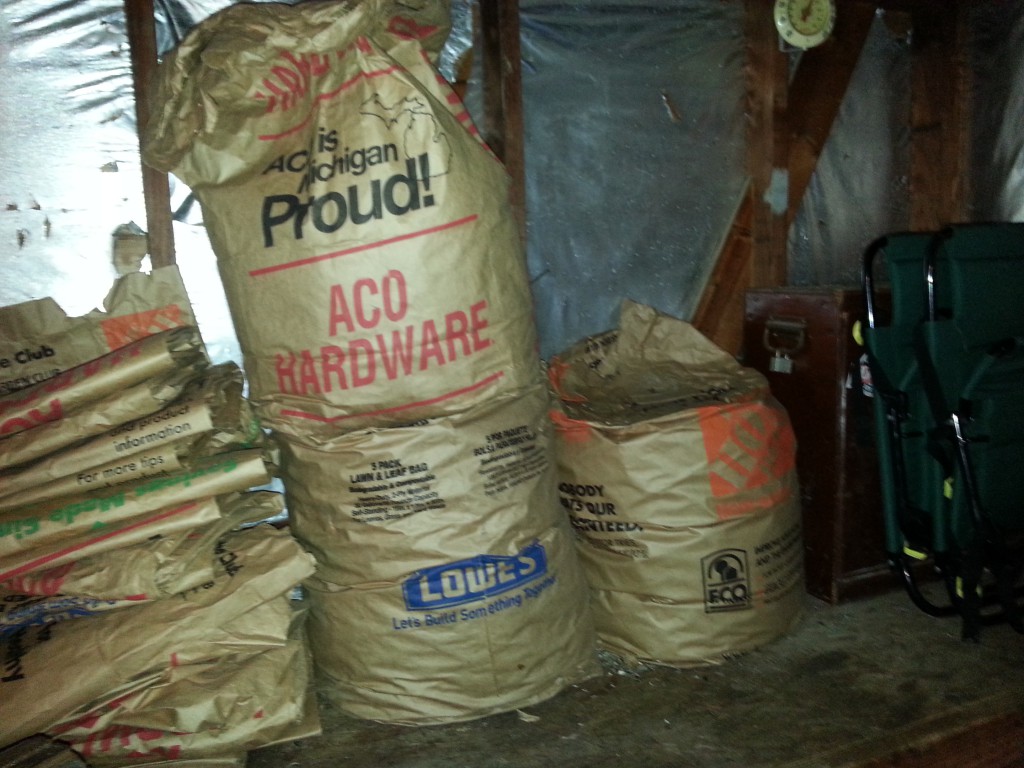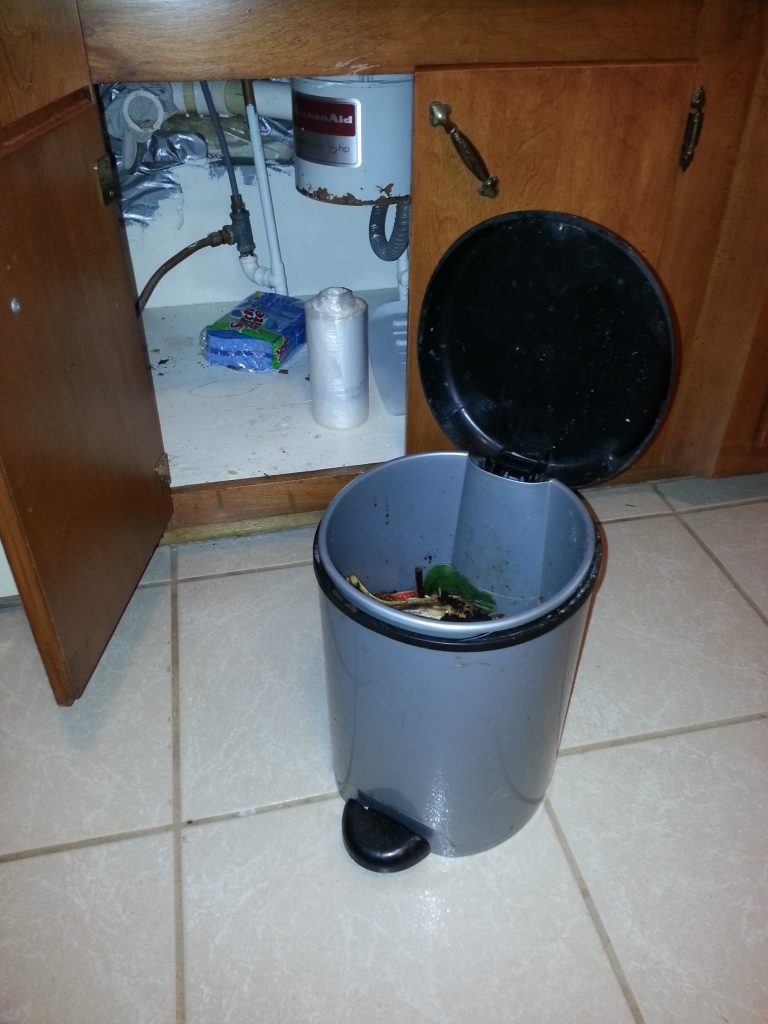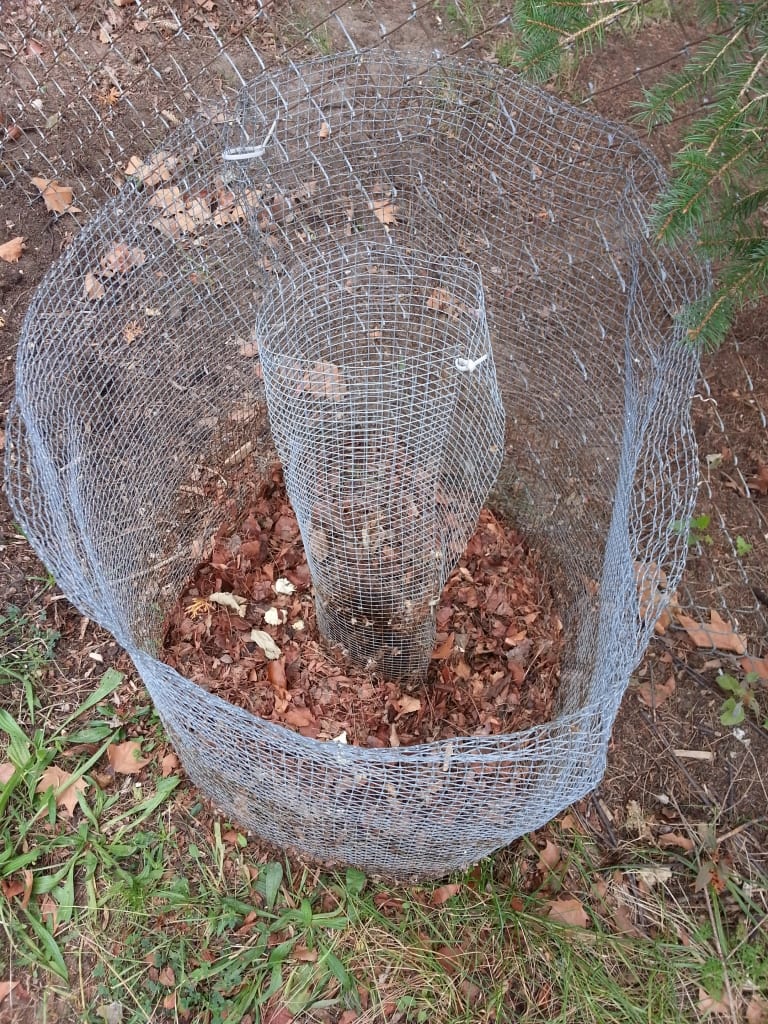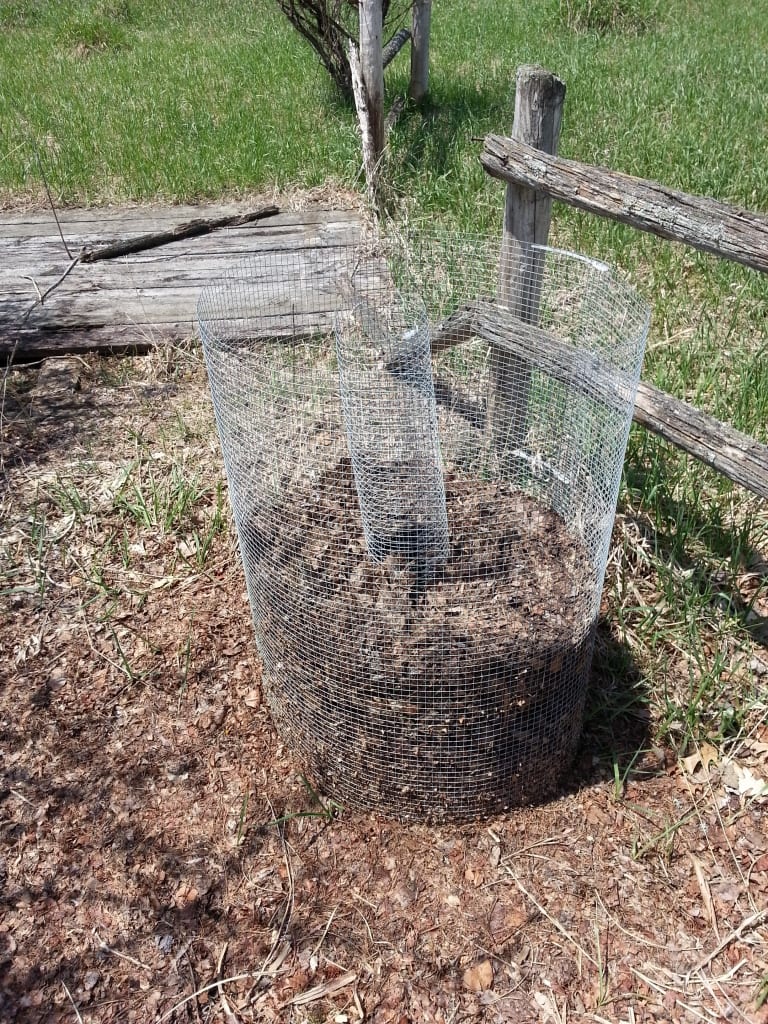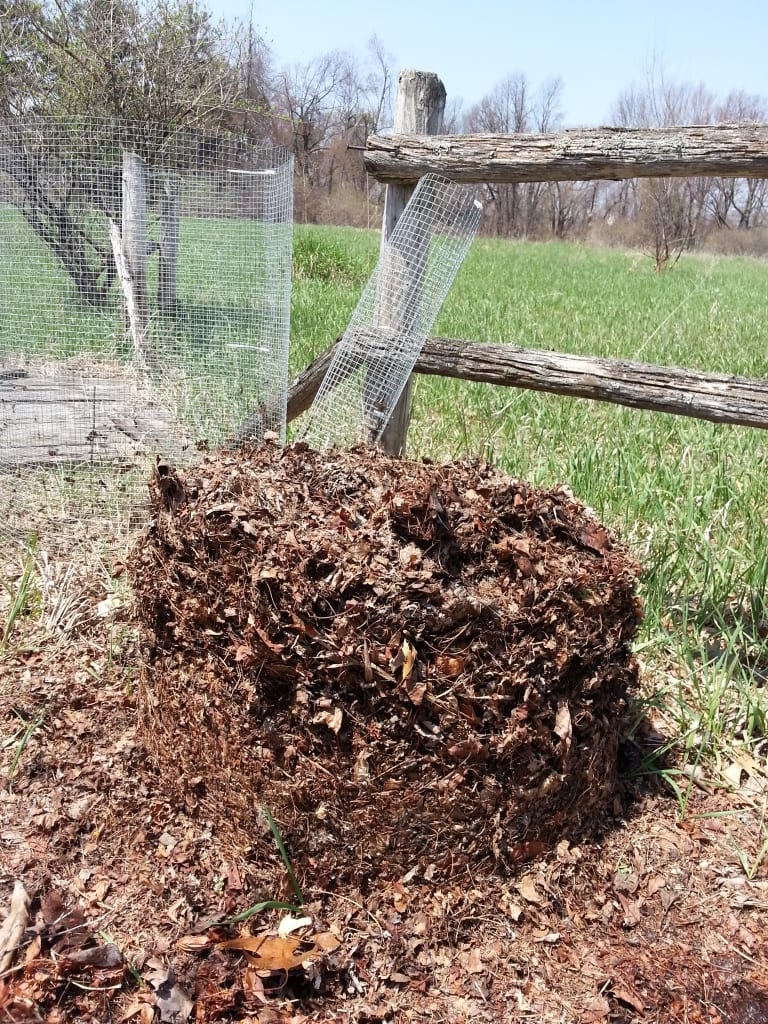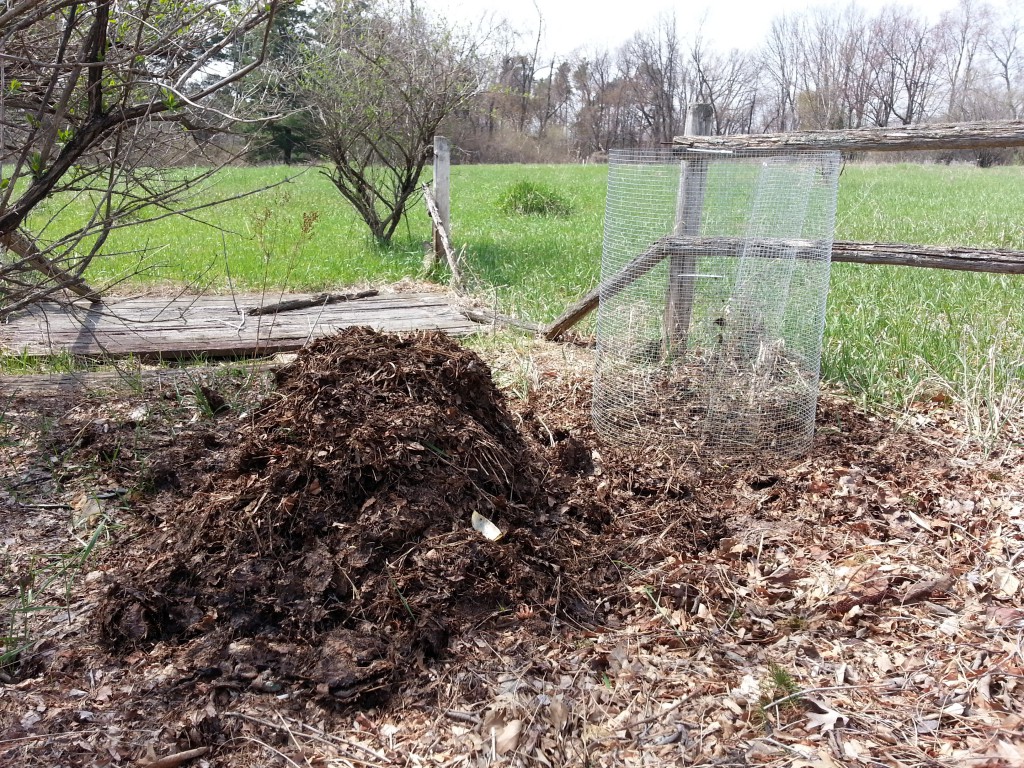Homemade compost is magic! I can recall mixing my first batch with some doubts that chunks of kitchen waste and leaves would disappear and be replaced by dirt. But that is exactly the magic that happened. Compost is a rich, living soil which solves most organic gardening problems beyond the basics of providing proper water, pH and sunlight. Once you learn to make your own compost (which is far better than any store bought version) you will find that your plants, indoors and outdoors, thrive. Here I will describe how to make aerobic compost.
Benefits:
- – Fertilizer – a rich, supply of slow release organic nutrients.
- – Pesticide – a living soil, teaming with friendly micro-organisms, which block harmful pests.
- – Soil Amender – a highly spongy, pH neutral substrate that helps give air and drainage to heavy soils and simultaneously gives structure to sandy soil.
Holistic Benefits of Compost Making:
Some may wonder why a guide to making compost is in the “Healthy Spirit Blog“. I’m fascinated by the transformation that occurs in dirt making. When I remember that I am also a part of nature, it is a living example of the possibility of transformation in my own life. What could be more symbolic than turning waste and crap into goodness? Its good for the spirit and for those of us who spend most of our day indoors, its good for the body too. It also lends itself to be an excellent family activity. My kids love making dirt!
How aerobic compost differs from anaerobic:
- – Almost zero odor (unless you let your kitchen waste sit too long)
- – Produces much larger quantities of compost
- – Transforms quickly (its done in 3-4 months during the summer in a climate zone 4, faster in warmer areas)
- – No worms needed
- – Enclosures are optional
Key Ingredients:
- – “Brown Substrate” – Refers to the medium that provides structure and micro-organisms. Dry leaves are best. Straw can be used but breaks down slower. I mow up leaves from my yard on a dry fall day and then store them in the garage in paper landscape bags (see picture). For my one person household, I normally go through six bags per year.
- – “Green Waste” – Refers to nitrogen rich kitchen waste, it doesn’t necessarily have to be green in color. Made mostly from fruit and vegetable waste. Egg shells, coffee grounds and tea bags are great as well. I keep a small waste basket with lid under my sink and empty it weekly (see picture). Never add meat products, dairy or baked goods. I find fruits with large pits (such as avocado) and corn cobs/husks don’t degrade well and so leave them out of my pile. Grass clippings in small amounts are okay, but if you add too many they slow the rate of composting.
Secret Recipe:
This is so simple you’ll wonder why everyone isn’t making compost and collecting leaves in the fall! Mix about 3 parts “Brown Substrate” with 1 part “Green Waste”. Let is set for a month or two and it will shrink to about half the original size. Mix it up again and a month or two later you have compost!
Tips:
- – You can literally just plop the two components on the ground somewhere out of the way. I normally do this on my organic garden bed in the fall. Since I have far more leaves than I can store at that time, I make a huge pile on the garden and then hunt down leftover pumpkins and apples for the green waste. Despite being surrounded by wildlife, the only animals I’ve ever attracted were some deer who were after the apples. Now I choose the more rotten ones and even without any barrier the critters leave the pile alone.
- – If you choose to use an enclosure, make sure it is well aerated. I like to take wire fencing, wrap it into a tube and fasten it with plastic tie downs. I then make a smaller tube, place in the middle and it acts as a chimney to deliver fresh air (see picture).
- – Throughout the year I keep adding my weekly green waste to the enclosure, each time with some leaves. After a month or two I’ll pull the wire enclosure away from the pile and give it a good mixing. If the pile seems too “leafy”, its any easy fix, just add more green waste. If it starts smelling like manure, no problem, just add more leaves. Its dirt making, you can’t mess it up! Once the ratio is right, I stop adding anymore to this pile and let it ripen. Once the whole pile shrinks a bit, flip it with a shovel. At this point I’m weeks away from a finish product. While this pile is cooking, I just start a new one in my enclosure again.
- – To save space you can use a mulching blade on the lawn mower when mowing up the leaves. The leaves will be ground much smaller and I find I can fit three times more in the brown paper bag. These leaves also compost faster than full sized leaves.
- – A lawn mower with a bagger makes for easy work, however it is truly optional. You can just rake up some leaves and stuff them in a bag. Many times I’ve just snatched a full bag of leaves from the neighbor’s curb after they put them out for collection. Be sure that the lawn from which leaves are taken, hasn’t been treated with pesticides, otherwise your compost will be dead and your organic garden will no longer be organic.
- – The final product can be measured by its smell and texture. Good compost has a strong, pleasant, earthy aroma. There should be no rotten odor or smell of manure, if so just add more leaves. The compost should also look like rich, black dirt and have a spongy texture. If it hasn’t broken down enough, just give it more time.
- – For indoor plants I remove any twigs and larger pieces from the compost and simply spread an inch of it on the soil. For outdoor plants I also spread an inch of compost around the bottom of the plant as well. I repeat this about twice a year. Compost is very rich. Always “water it down” by mixing it with normal potting soil or the surrounding earth if you preparing a new planting.
- – Horse manure, especially if it still has moisture, is a great additive to compost. It already has the perfect mix of brown and green components and can rightly be turned into compost all on its own. When I have access to it, I double the size of my normal compost pile by mixing it in after I’ve removed it from the enclosure.
Credits:
Most of my expertise with aerobic composting comes from reading Mike McGrath’s Book of Compost and then doing it myself over the last seven years. I highly recommend reading his short guide for more tricks, such as creating a compost spray and for those who may not have access to leaves and kitchen waste and need to consider alternative methods to make their compost.

